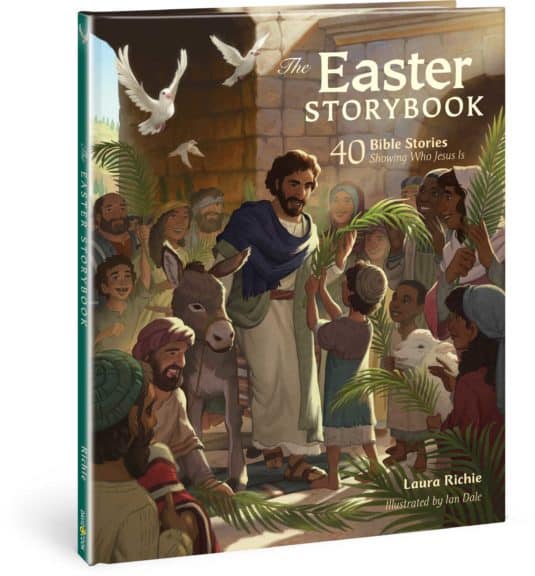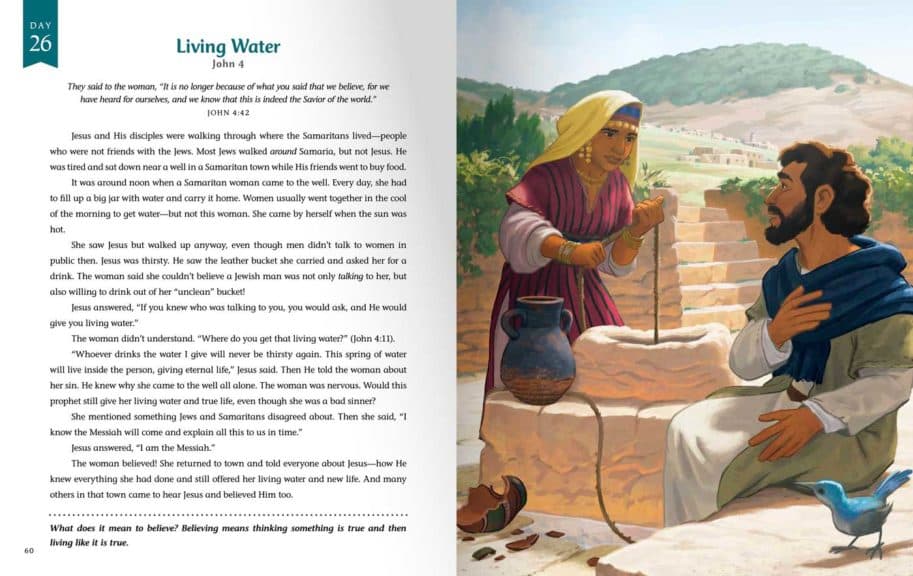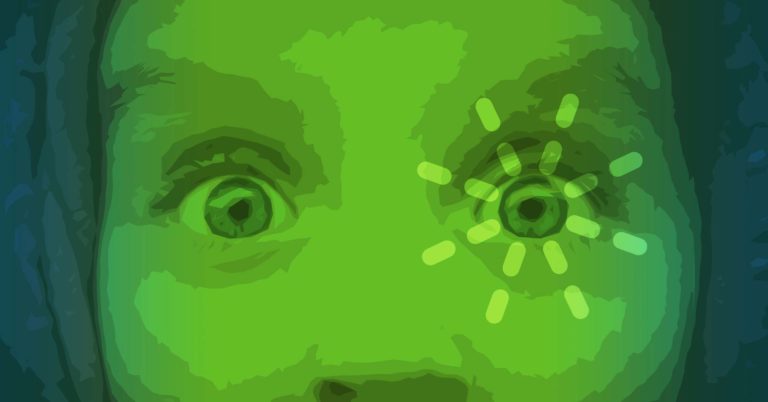Easter, like Christmas, is a special time of year. Even people who don’t regularly go to church frequently will attend an Easter service with their kids. This holiday often occurs in the spring, when new life is budding, and the earth is waking up from the dreary, cold days of winter.

Hope and fresh starts fill the air. In the midst of blooming trees and newly born animals, we have an excellent opportunity to point to Jesus, the Rescuer who came to end death and make all things new.
“Behold, the dwelling place of God is with man. He will dwell with them, and they will be his people, and God himself will be with them as their God. He will wipe away every tear from their eyes, and death shall be no more …” And he who was seated on the throne said, “Behold, I am making all things new.”
Revelation 21:3-5
Easter and New Life
It can be easy to forget why Jesus coming back to life is such an earth-shattering event. In my faith tradition as a child, a heavy emphasis was placed on Jesus’ death.
I was taught that He died in my place, for my sin, so that I could be saved and then go to heaven when I die. But a disconnect existed between being saved now and my future life in heaven.
What was I supposed to do in the meantime? I thought the interim consisted of me proving that I was a good enough Christian (by praying, reading my Bible, going to church, avoiding drugs and alcohol, evangelizing, etc.).
I also thought I needed to obey the rules and try to keep God happy with me.
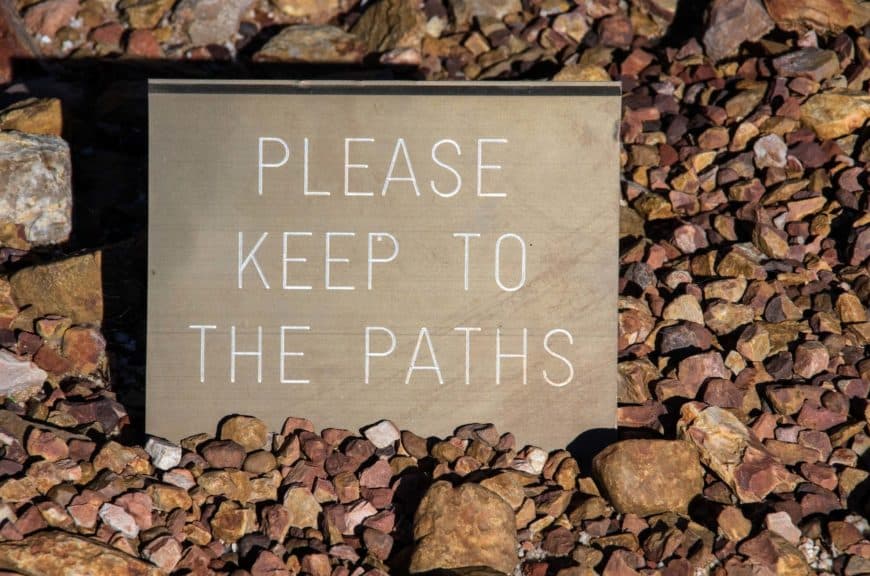
I knew that Jesus came back to life on Easter, but that detail seemed peripheral—almost like a happy ending to an otherwise tragic story. But I eventually realized that something incredible happened when Jesus stepped out of that tomb.
He definitively conquered evil and death. He healed the impassable breach that existed between not only God and man, but man and man—as well as man and all of creation.
This rescue didn’t depend on me or my actions—it rested fully on Jesus.
I still remember the sense of relief and peace I felt when I understood that Jesus would make all things (including me) right; it wasn’t up to me!
History of Lent
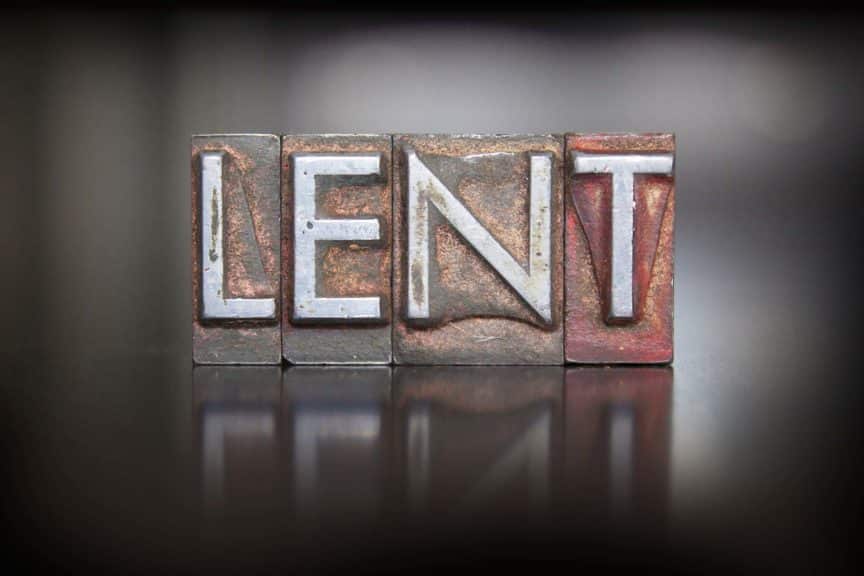
One common way to remember both the joy and weight of Easter is by participating in the season of Lent. One of the first known mentions of a similar (but shorter) season occurred in the 100’s A.D. and is attributed to an early church leader named Irenaeus of Lyons.
Then at a meeting of church leaders in the 300’s A.D., they discussed a 40-day season of fasting.
Though traditions vary, Lent is still celebrated around the world and usually encompasses the 6-7 weeks before Easter. Many faith traditions observe Lent through fasting and other acts of self-denial or penance.
The aim is to remember that each one of us needs to be rescued and made new, then connect that profound need with God’s Son and believe.
Fasting varies from not eating meat on Fridays (for some Catholic Christians) to abstaining from all animal products (meat, dairy, eggs, and fish) in addition to not consuming oils or alcohol (for some Eastern Orthodox Christians).
For Protestant Christians who celebrate Lent, the fast may mean giving up a particular food item (like dessert) or habit (like playing video games or engaging on social media).
Lent Around the World
Christians around the world celebrate Lent in unique ways.
- For example, Christians in India celebrate the days before Lent with a three-day-long carnival of music, dancing, and feasting that ends with a Mass.
- In England, the beginning of Lent is celebrated with pancakes, pancake races, and hot cross buns.
- And in Malta, children drum on chairs at church to create the sound of thunder, and Christians eat special foods like an almond and honey cake called kwarezimal, or a honey-coated, fried bread stuffed with spinach.
- Many Christians in Vietnam set up stations of the cross to remind them of Jesus’ path to Calvary. Then they dress in white and chant mournfully at each station.
- In Mexico, many Christians embark on pilgrimages to visit the Basilica of Our Lady Guadalupe in Mexico City, with some people traveling over 2,000 miles.
- Finally, in Ethiopia, Christians celebrate Lent by not eating until 3 p.m. and by saying daily prayers. On Easter Sunday, people dress in their nicest clothes, make gifts for their children, and then attend an Easter vigil at church that lasts until 3 a.m. when Jesus’ resurrection is announced.
Lent allows us to loosen our grip on the distractions around us and simultaneously set our eyes on Jesus. The aim is to remember that each one of us needs to be rescued and made new, then connect that profound need with God’s Son and believe.
Lent Ideas for Kids
While fasting can help us set our eyes on Jesus, I think that children in particular need a more concrete way to learn who Jesus was and why His coming matters.
By intentionally setting aside 5-10 minutes each day to read a story from His life, families can remember together why celebrating Jesus is still completely relevant today.
This spring as we look around at new life springing up from what was barren and dead, let’s rest in the hope and renewal Jesus won for us all.
This rescue didn’t depend on me or my actions—it rested fully on Jesus.
The Easter Storybook
My new book, The Easter Storybook: 40 Bible Stories Showing Who Jesus Is, helps kids prepare for Easter and better understand why we celebrate it every year.
Through reading a beautifully illustrated, one-page story each day in the weeks leading up to Easter, parents and kids alike will grasp not only the purpose behind the season but also the beauty and grace of our Rescuer.
The Easter Storybook at Church
The stories begin with Jesus in the temple as a boy and end with His appearances after the resurrection, explaining in simple terms what His life, death, and return to life meant—both then and now.
Though the book’s format is ideal for families, churches can easily incorporate it into their Easter celebrations.
One idea is to print out a reading plan for each family. On Sundays, a particular story from the week’s reading could be highlighted, or children could discuss their favorite story from the week.
The book includes well-known occurrences from Jesus’ life; such as His baptism, final entry into Jerusalem, the Last Supper, the crucifixion, and several stories after His resurrection. Those stories could be used if you want to take a chronological approach during the weeks before Easter.
Certain themes also loosely organize the narrative; such as stories that depict Jesus as Good Shepherd, Healer, and Lamb of God. If you prefer a more thematic presentation, I recommend that you read those particular stories on Sundays.
40 Stories to Help You Share Jesus with Kids
My desire is for this book to help kids grasp the significance of Jesus’ life, death, and resurrection.
Jesus’ death was the sacrifice that brought us close to God and each other again. His resurrection was the ultimate triumph of Life and Love over evil, suffering, and death.
He is the King bringing a kingdom where everything is right—where people love God, each other, and all of creation again—like in the beginning.
And He invites everyone who realizes their need for Him—everyone who believes—to enter His kingdom and enjoy true life with Him. Believing in Jesus changes not only our future, but also our present. Jesus invites us to join Him now in His work of rescue and renewal.
I wrote The Easter Storybook to help kids understand Jesus, a Jewish man whose arrival had been anticipated for centuries. The stories can be read daily during the 40-day season of Lent.
My first book, The Advent Storybook, travels through the Old Testament and shows why Jesus came. It is intended to be read during Advent, the 25-day season leading up to Christmas.
This sequel shows who the Promised Son really was as He lived, healed, taught, and loved in a first-century, Middle Eastern context.
Jesus came to rescue us and make all things new. His life was beautiful, and I hope these stories give families a glimpse of His stunning love.
The Easter Storybook
The Easter Storybook explains who Jesus is, what He did, and why His death and resurrection matter, in a simple way that children ages 4–8 can understand and remember. As a fitting companion to the bestselling The Advent Storybook, this book is a wonderful way to discover as a family why Jesus came to earth as Rescuer, Redeemer, and Friend.
Learn more about The Easter Storybook: 40 Bible Stories Showing Who Jesus Is


